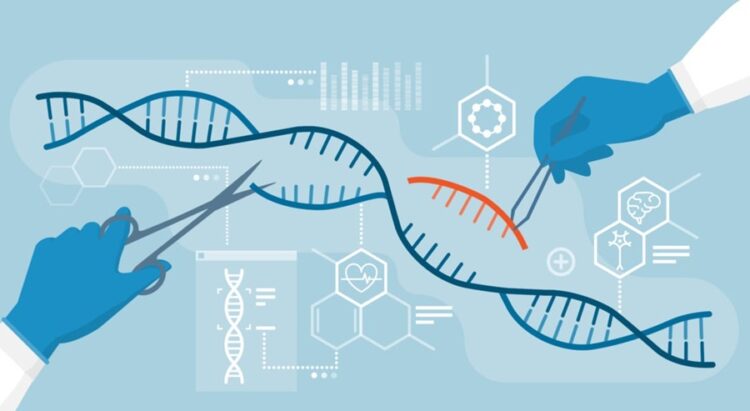The advent of CRISPR-Cas9 technology has sparked a scientific revolution, offering unprecedented capabilities for precisely editing the human genome. Understanding how CRISPR-Cas9 can be harnessed for this transformative purpose requires delving into its mechanisms and applications.
Understanding CRISPR-Cas9: A Molecular Marvel
- Components of CRISPR-Cas9:
- CRISPR (Clustered Regularly Interspaced Short Palindromic Repeats) consists of unique DNA sequences derived from bacteria and archaea.
- Cas9, the molecular scissors, is an enzyme that acts as a genome editor.
- Guide RNA (gRNA):
- gRNA is designed to match specific DNA sequences in the human genome.
- It guides Cas9 to the targeted DNA sequence.
- DNA Cleavage and Repair:
- Cas9 induces a double-strand break in the DNA at the targeted location.
- Cellular repair mechanisms then come into play to fix the break.
- Genetic Modifications:
- During repair, genetic modifications occur, allowing for precise alterations to the DNA sequence.
Applications in Human Genome Editing:
- Treating Genetic Disorders:
- CRISPR-Cas9 holds promise in correcting disease-causing mutations responsible for genetic disorders.
- Cancer Therapies:
- Precision gene editing can disrupt cancer-related genes, offering potential therapeutic interventions.
- Infectious Disease Resistance:
- Creating genetically modified cells that are resistant to certain infections.
- Personalized Medicine:
- Tailoring treatments based on an individual’s genetic makeup for enhanced efficacy.
Challenges and Ethical Considerations:
- Off-Target Effects:
- The risk of unintended genetic modifications outside the target region.
- Ethical Dilemmas:
- Discussions around the ethical implications of altering the human germline and creating designer babies.
- Regulatory Frameworks:
- The importance of establishing robust regulations to ensure responsible and safe use.
The Future of CRISPR-Cas9 in Human Genome Editing:
As scientists continue to unlock the potential of CRISPR, the technology’s applications in human genome editing offer a glimpse into a future where genetic disorders may be treated with unprecedented precision. However, navigating the ethical landscape and addressing the associated challenges is paramount to realizing the full potential of this revolutionary tool. CRISPR-Cas9 stands at the forefront of a new era in medicine, where the possibilities for personalized and targeted treatments are boundless.












